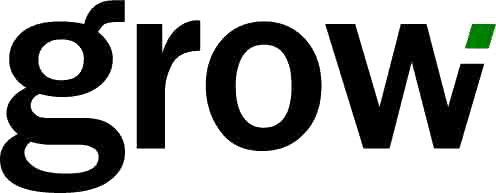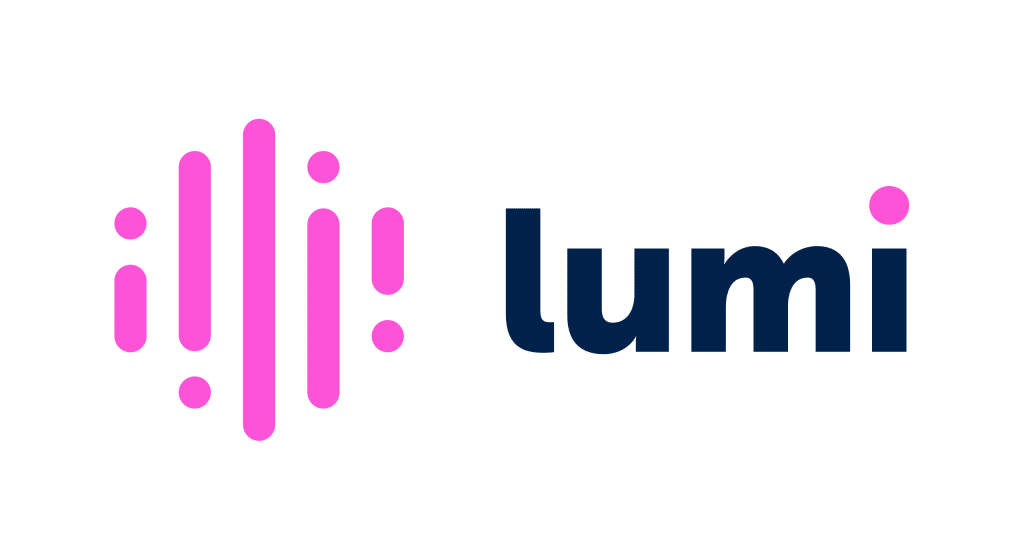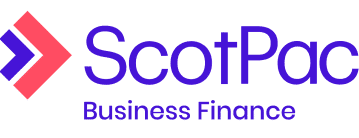Home > Business Loans > Rent Roll Finance
Rent Roll Finance
Find out more about rent roll finance and compare your commercial loan options with Savvy today.
Author
Savvy Editorial TeamFact checked








A rent roll is a term used in the real estate industry in relation to large rental properties, but what exactly is rent roll finance? Is it possible to buy a rent roll and what finance can I get to help the process? Explore the world of rent roll lending and borrowing money to purchase an active rent roll, as well as a range of other loan offers, with Savvy.
What is rent roll finance?
Rent roll finance is a special kind of loan that helps you purchase a property which still has current tenants in it. A rent roll is a kind of document used in the real estate industry that represents a property (or group of properties) and the various tenants associated with it. Effectively, it allows you to discuss a rental property as an asset – with costs and returns associated with it. The term rent roll might be used to refer to a specific property or a range of rental properties owned by the same business or individual and, just like any asset, it can be bought, sold and even used as collateral.
If you find yourself in the situation of wanting to buy such an asset – buying not just the property, but the management of the current tenants as well – that’s when rent roll finance comes in. It's custom built to provide the funds to purchase a rent roll, and lenders that offer it already familiar with the oddities of such an unusual type of asset, and how the appraisals work.
How does rent roll finance work?
When you purchase a rent roll that’s for sale, you’re taking on all the benefits and responsibilities of managing the property and all the tenants associated with it. Effectively, you’re purchasing a portion of a real estate business. It’s a big process and there’s plenty involved with such a purchase.
Rent roll purchases can involve very large numbers, with some rental properties worth millions of dollars. Provided you have significant security to offer, rent roll finance can allow you to borrow a large proportion of that money, which can then be progressively repaid with the income from the rent roll.
If you have a particularly large asset available as security – something worth considerably more than the rent roll that’s for sale – you might even be able to borrow all the money needed for the purchase. However, there might still be a small establishment fee involved. This is different to how a business loan works, as these are more flexible in terms of how they can be used.
What is borrowing against your rent roll?
In some cases, the term “rent roll finance” can also be used to refer to borrowing money against your rent roll. In this scenario, the rent roll is being used as an asset which you're offering as collateral on a loan.
This is often regarded as a sensible way to use your rent roll as an asset, as you gain considerable financial benefit from doing so – more lending power, and generally better interest rates – without the need to put anything up for sale. The flip side of using anything as collateral is the small chance that if something goes very wrong with the loan, ownership of the rent roll can pass to your lender, and it can be sold to cover the debt – although it’s very rare that this would actually happen.
It is possible to use both forms of rent roll finance – it’s not uncommon to use a rent roll as security on the same loan used to purchase it as you might do with a household mortgage – but, in these cases, you generally can’t borrow the entire value of the rent roll.
Types of business loan
The most common type of business finance, unsecured loans enable businesses to access the funds they need without attaching an asset to the loan as security. Some lenders may allow you to borrow up to $500,000 and, because there's no collateral, offer same-day approval.
If your business already owns valuable assets, such as property or expensive equipment, you may choose a secured business loan instead. These loans may increase your borrowing power beyond what an unsecured loan can offer and, crucially, typically come with lower interest rates.
Business loans don't always have to be worth hundreds of thousands. If you're operating a small business and need a boost to help you keep on top of your expenses or expand your company, you may be able to take out a loan starting from as little as $5,000 and unlock further capital.
Just because you don't have all the required documents for a standard business loan doesn't mean you're out of options. Low doc finance enables you to use alternative documentation, such as other business financials, in the application process to access the funds you need.
A commercial line of credit allows you to draw from your loan account whenever your business needs access to their funds, instead of managing a lump sum and repaying it like a regular loan. This can add flexibility to your finance arrangement, providing money when you need it.
Invoice finance presents another option to business operators looking to free up cash through outstanding invoices yet to be paid by their customers. Your invoice finance can either be invoice discounting or factoring, which present different options when it comes to your invoices.
A common reason for seeking out a loan is to purchase commercial equipment. You can do this either with an unsecured arrangement or one with the equipment itself as collateral, with the latter potentially increasing your borrowing power and lowering your interest rate.
With this finance, when your business purchases product, your supplier provides an invoice which you send to your financier and pledge to repay by a set date. From there, your supplier sells the invoice to your financier at a discounted rate, while you repay the full amount to your financier.
Under an inventory finance agreement, your lender pays your supplier directly for inventory, which allows it to be signed off and sent to you. From there, you can pay off your debt within a pre-determined period to your lender, which may be longer than the regular debtor period.
An overdraft facility is attached to an existing financial account belonging to your business, such as a transaction or savings account, and enables you to borrow up to a set limit after the account’s balance reaches zero. These overdrafts are repaid with interest, but only on what you use.
You may simply be in a position where your business needs a boost to its cash flow. If this is the case, there’s a range of stop-gap solutions which may be suitable for your situation, from standard unsecured loans to specialist cash flow loans, invoice finance or even an overdraft.
Why compare business loans through Savvy?
100% free service
It won't cost you a cent to compare a range of business loans through Savvy, enabling you to come back at any time.
Reputable lending partners
You can compare business loan offers through a range of trusted Australian lenders, giving you more confidence in the process.
Online comparison process
You can fill out our simple online form to generate business finance quotes tailored to your business' needs in minutes.
Frequently asked questions about rent roll finance
Yes – there are professionals that can help with finding a suitable rent roll for sale, a professional appraisal, rent roll financing and helping to manage the rent roll and the transition process. Unless you’re extremely well versed in the world of real estate, it’s probably a good idea to seek help for some of these things. With responsibilities to tenants and landlords in play as well as large amounts of money and many legal requirements, a commercial finance broker is one of your potential options for navigating the process.
Yes – and rent roll finance does tend to have quite significant minimum amounts, sometimes starting in excess on $200,000. However, if you only need a smaller amount (perhaps you already have the majority of the funds available from a separate property sale) there's nothing to stop you from getting a conventional business loan and using that to supplement a rent roll purchase. Savvy is an awesome place to start the hunt for a business loan, as you can quickly compare loans from some of Australia’s top lenders and find a finance option suited to your situation.
Exact loan terms for rent roll finance varies from lender to lender, but they tend towards medium length loan terms – ten years wouldn’t be an unusual figure for a rent roll loan term.
Yes – standards are different between lenders, but it’s not unusual for your business to need a minimum of three years of property management experience and a current real estate licence (you are effectively buying a real estate business). You’ll generally also need a detailed business plan for the rent roll, financial records for your business, your own financial records and generally a clean slate with the ATO – lenders will normally want to see a good history with ATO payments, and no current tax arrears.
Yes – often in addition to tenants, a rent roll will have landlords that manage that property. There are many relationships involved in a rent roll transfer and the funds generated by the property can take a big dip if landlords and/or tenants end up leaving.
Yes – and if the rent roll being used as collateral is a fair bit larger, it can give you more lending power. This can potentially allow you to borrow the full amount to purchase the smaller rent roll.
It does. Generally, a business lender considering a loan application will consider the financial details of not only the business itself, but also the directors of that business. So yes, your financials and credit history will come into consideration (as well as that of any other directors), and anything negative could have an effect on your application. On the positive side though, if all directors have spotless financial histories and good credit, this can be a very positive thing.
Still looking for the right finance for your business?
Explore a range of business loan options suitable to your financing needs and apply online through Savvy today.
